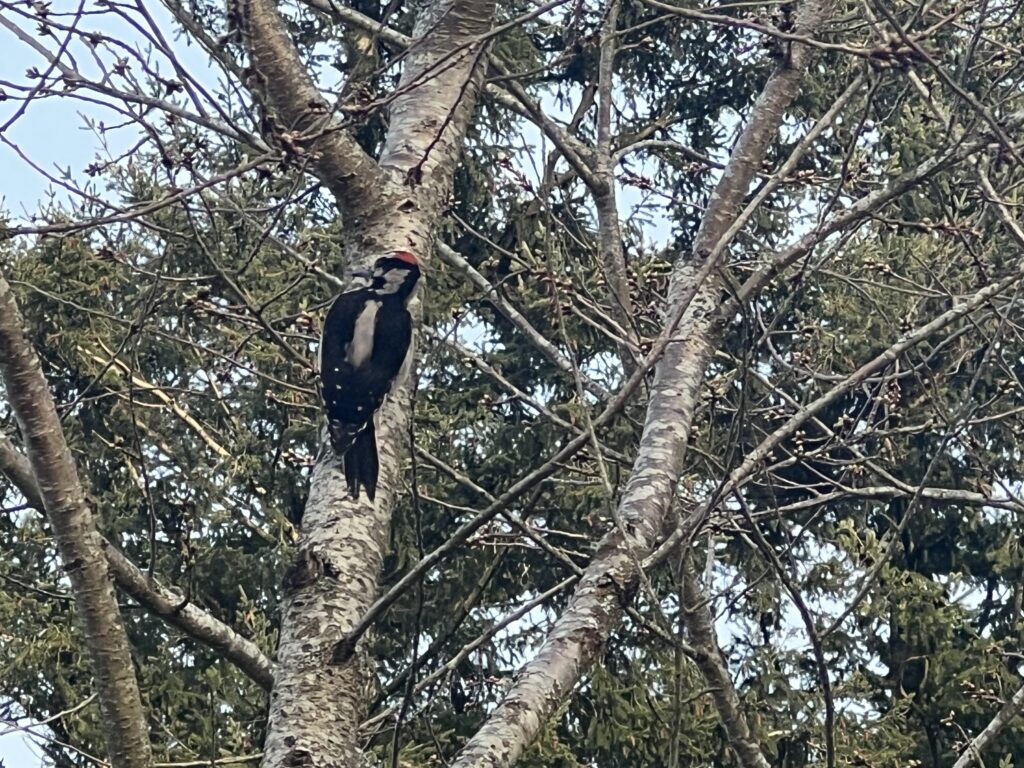Orcas Island
I was lucky enough to be in the San Juan Islands of Washington over the “spring” break. I stayed on the eastern tip of the Orcas Island (circled on the maps below), which is almost completely forested with a scattering of roads and homes. All of the snow had been completely melted for at least a week before I visited and spring was just turning the corner as it was an almost balmy 50 degrees Fahrenheit.
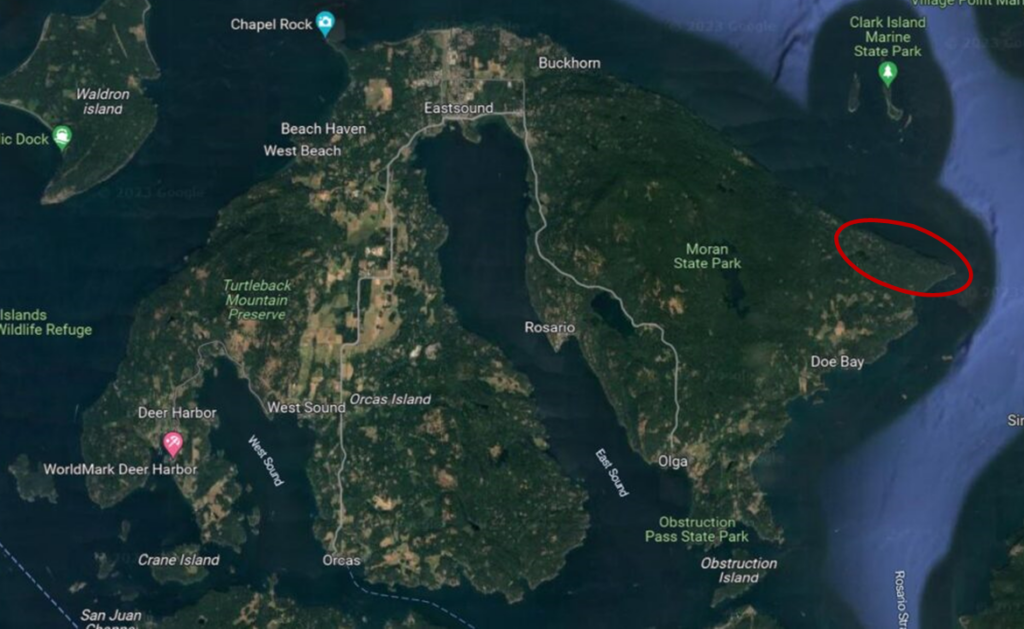
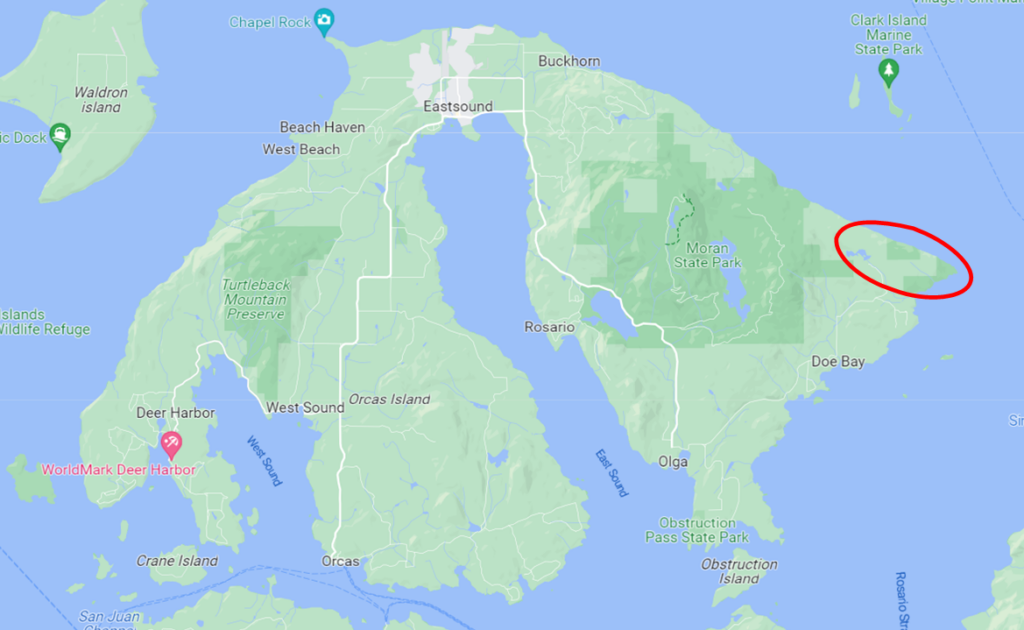
Whereas the most common forest composition in Vermont are mostly hardwoods with some coniferous interspersed, the Washington forests are mostly coniferous with some hardwoods interspersed. Maybe because of this or due to a number of other factors, there are fewer shrubs throughout the forest, but far more ferns and mosses under the tall canopy of evergreen trees. The trees and other plants that were come across were also adapted to less sunlight and more rain, as is common in the Pacific Northwest.
Much like Vermont, Washington had a large period of glaciation that put the San Juan Islands under around a mile of ice. The glacier started retreating 17,000 years ago and hadn’t fully uncovered the islands until around 15,000 years ago. There were many glacial floods and lakes that eventually settled down into the current ecosystem of the Puget Sound, much like with Lake Champlain in Vermont.
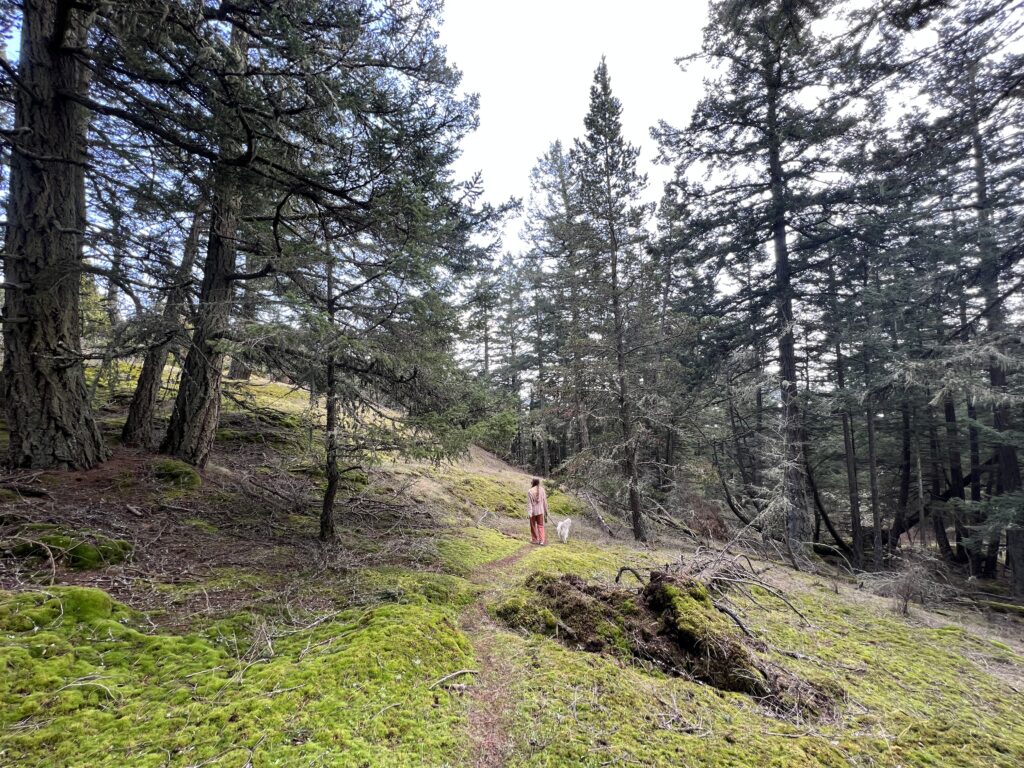
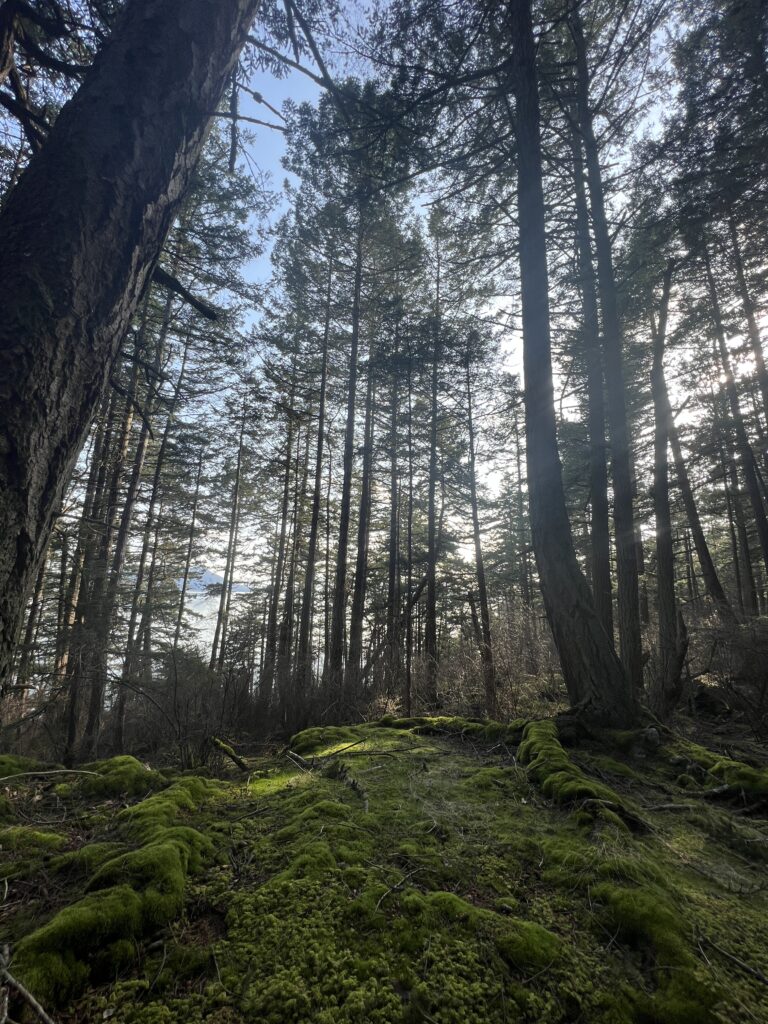
Wildlife here is much different to the East coast, however. Foxes and chipmunks are far less common, and we lack fishers. But, we do have far more black bears, cougars, bobcats, and coyotes. On top of that, since the Puget sound is so large and connected to the ocean, we have many marine mammals such as sperm whales, orcas, and seals.
In the area of the Island that we stayed, by far the most common bird was the American Robin. We also saw a good few bald eagles circling above, and the common seagull, house finch, and house sparrow. There was also often a pecking at wood from yellow-bellied sapsuckers.
